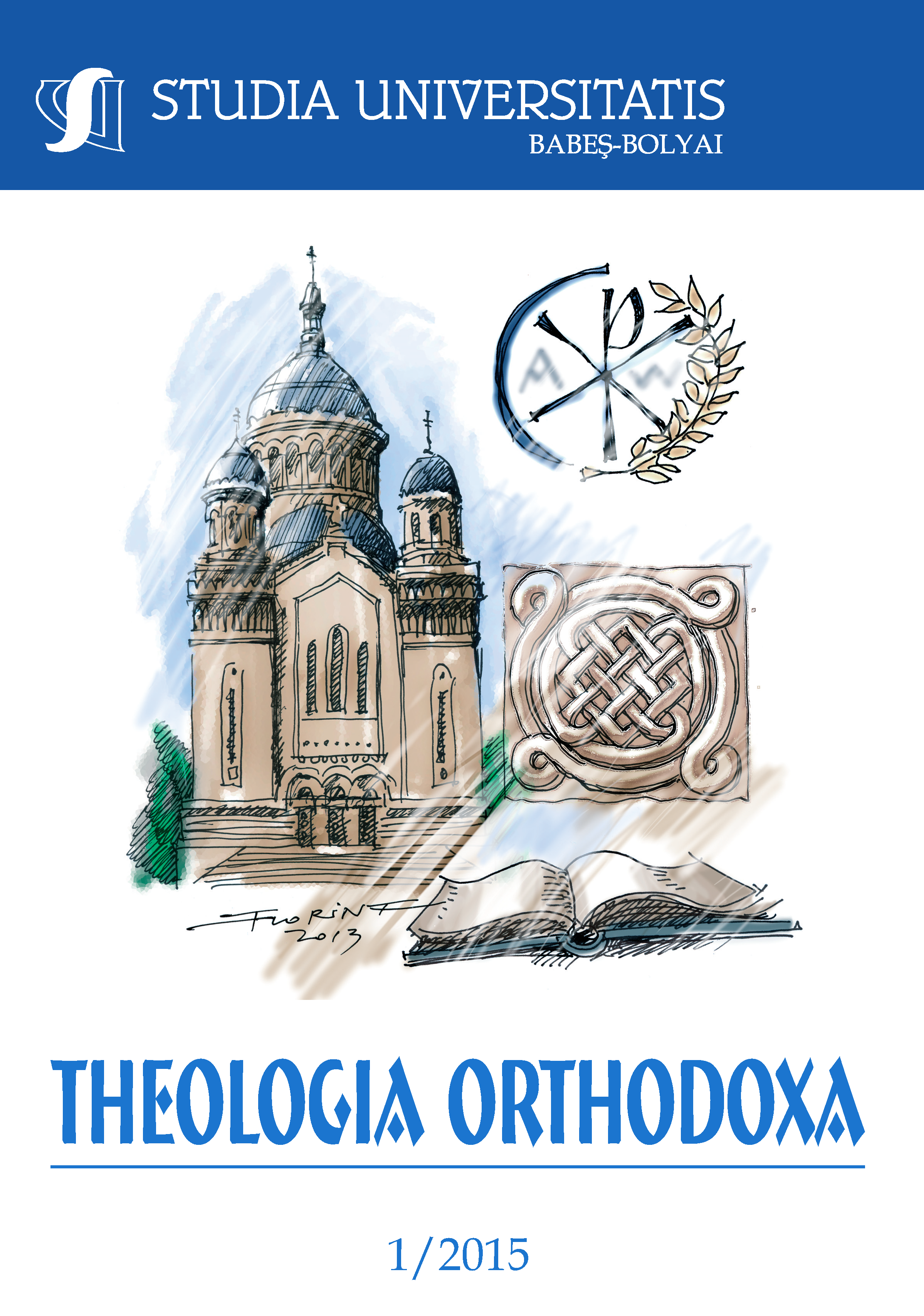THE ADORATION OF THE MAGI IN THE CHRISTIAN ICONOGRAPHY. CASEWORK. FROM THE CATACOMB PICTURE TO RENAISSANCE / ÎNCHINAREA MAGILOR ÎN ICONOGRAFIA CREȘTINĂ. STUDIU DE CAZ. DE LA PICTURA DIN CATACOMBE ȘI PÂNĂ LA RENAȘTERE
Keywords:
Melkon, Caspar and Balthasar, Byzant, Medieval Age, Renaissance, Giotto, Torriti Cavallini, Fabrianao, Bosch, Weyden, Botticelli Lippi, Mantegna, Leonardo, Dürer [EN], Melchior, Gaspar, Baltazar, Bizanț, Ev Mediu, Renaștere, Giotto, Torriti Cavallini, Fabrianao, Bosch, Weyden, Botticelli Lippi, Mantegna, Leonardo, Dürer [RO].Abstract
Inspired from the Holy Bible (Matthew 2, 1-22), the theme The Adoration of the Magi is encountered in the iconography ever since the second century. From the characteristic elements of the scene, we keep in mind: the countenance of The Mother of God and of the Holy Child in profile developing into a frontal expression; the presence of the star; the Magi wearing Persian clothes (caps), starting from the third century. In the Byzantine and Post-Byzantine art, the theme of The Adoration of the Magi, is often included in the representations of Nativity of Jesus, but it can also be represented as individual theme. Taking the compositional scheme of the old models of the catacombs and sarcophagi, the Worship theme is treated with great interest by a number of creators since the post-Byzantine space, until early Baroque: Giotto, Gentile da Fabriano, Weyden and later Bosch, Botticelli, Leonardo and until Mantegna or Dürer will enrich the theme. During the Byzantin Empire, the subject remains within norms of iconography, while in the early Middle Ages, the characters humanize, losing their mystery and later being used in more sophisticated compositions. Beginning from post-Byzantine area until the early Baroque. Giotto, Gentile da Fabriano, Weyden onward Bosch, Botticelli, Leonardo until Mantegna or Dürer will enrich the subject.
Inspirată din Sfânta Scriptură (Sfântul Evanghelist Matei (2, 1-22) tema Închinarea Magilor o întâlnim în iconografie încă din veacul al II-lea. Dintre elementele caracteristice ale tipologiei scenei reţinem: figuraţia Mariei şi a Pruncului ce apare din profil şi care se va dezvolta spre o redare frontală; prezenţa stelei; reprezentarea magilor ce în vestimentaţie vor înregistra haine persane (bonete), începând din secolul al III-lea. În arta bizantină şi post-bizantină tema Închinării magilor, apare adeseori inclusă în reprezentările Naşterii Domnului, dar poate fi reprezentată şi individual. Preluând schema compoziţională a vechilor modele din catacombe şi sarcofage, tema Închinării este tratată cu mult interes de o serie de creatori începând din spaţiul postbizantin şi până la începutul Barocului: Giotto, Gentile da Fabriano, Weyden și mai târziu Bosch, Botticelli, Leonardo și până la Mantegna sau Dürer vor îmbogăți tema. În Bizanț tema rămâne în limitele icoanei, iar odată că zorii Evului Mediu, personajele se umanizează, pierzându-şi aura lor de mister, fiind cuprinse, mai târziu, în compoziţii tot mai sofisticate, ample.
Published
How to Cite
Issue
Section
License
Copyright (c) 2015 Studia Universitatis Babeș-Bolyai Theologia Orthodoxa

This work is licensed under a Creative Commons Attribution-NonCommercial-NoDerivatives 4.0 International License.





 ISSN (print): 1224-0869, ISSN (online): 2065-9474, ISSN-L: 2065-9474
ISSN (print): 1224-0869, ISSN (online): 2065-9474, ISSN-L: 2065-9474